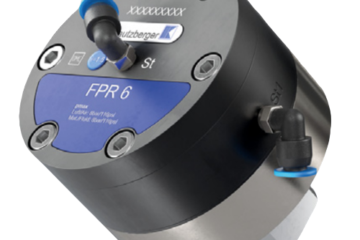Electrostatic painting of plastic without primer coating
Application of Carbon Nanotubes in Automotive
The use of electrostatic spray painting began in the 1930s. At this time Harold Ransburg was concerned about how much paint was wasted coating metal products and began exploring ways to reduce waste. The idea was to attract paint directly to the metal propduct. With this, the electrostatic painting process was born.
Since then, the automotive industry has increasingly employed the electrostatic painting process for the coating of exterior metal body parts. However, plastic parts made of popular materials like PP or PE are usually non-conductive and therefore pose a challenge to the electrostatic spray painting process. A common way is to use conductive primers to increase the conductivity of plastic surfaces, thus facilitating electrostatic painting. However, the applying of the primer is an additional time-consuming production step.
A possible way to eliminate this additional production step is the incorporation of carbon nanotubes. Carbon nanotubes can be employed to impart conductivity to plastic exterior parts, such as fenders, mirror housings, and door handles, which are subject to the electrostatic painting process. An additional benefit, the nanotubes improve significantly the mechanical properties of the plastic part.
What is a Carbon Nanotube?
A Carbon Nanotube is a tube-shaped material, made of carbon, having a diameter measuring on the nanometer scale (a nanometer is about one ten-thousandth of the thickness of a human hair). The graphite layer appears somewhat like a rolled-up chicken wire with a continuous unbroken hexagonal mesh and carbon molecules at the apexes of the hexagons. Carbon Nanotubes have many structures, differing in length, thickness, and in the type of helicity and number of layers. Although they are formed from essentially the same graphite sheet, their electrical characteristics differ depending on these variations, acting either as metals or as semiconductors.
For more information please contact us.
Application of Carbon Nanotubes in Automotive


